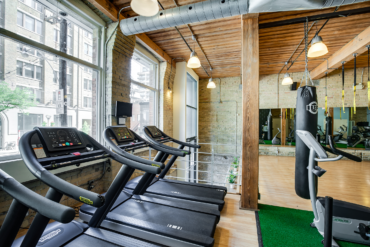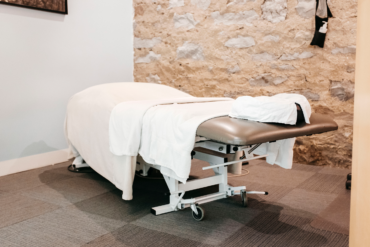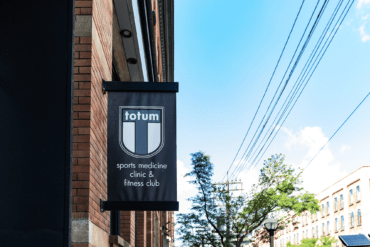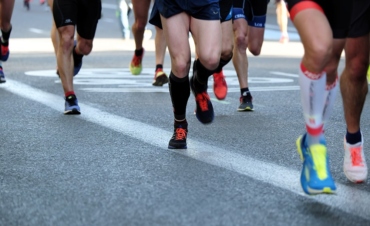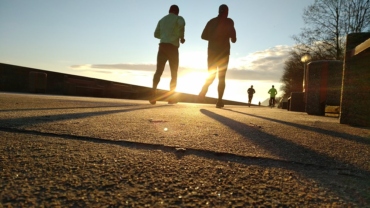By: Brandon D’Orazio
During lockdown, popular apps such as Nike free run, Couch to 5k, as well as many others, have been coming up with running workouts to help people start a new fitness journey. Getting people moving is great, but once the program reaches it’s natural end point, what do we do? How do we add more to these programs besides additional running? That’s where resistance training comes in.
We don’t run to get in shape; we need to get in shape in order to run. As we know, running trains our aerobic system and is great for our cardiovascular/ respiratory health. There is also repetitive impact on the body’s joints as we continue to run faster or increase our mileage. We suggest incorporating two days/week of strength training to your program. This will help you to get more out of the running you are working on, and, more importantly, help you minimize your risk of injury.
Each runner will have differences in capability of movement due to their training background, injury history, and experience. Understanding how your body works for the impacts of running will make it a much more enjoyable experience. A little planning goes a long way which it’s wise to assess your body’s functional abilities and your personal running style. This will help to guide the plan of action.
Progressive training has us prepare our bodies for the new work to come. Warm-ups are still important as are mobility and functional movement patterns. A proper plan of progress has a block of training that emphasizes these important areas in order to restore proper function before getting into strength training. Once again, being patient with this process helps to keep the injury bug away and also helps performance.
As we continue to improve our running, we can measure our performance by our economy. This refers to how efficient we are during each of our strides (how far we propel our body forward during each stride length). We leak energy and lose efficiency during our running if we do not have enough stability through joints such as our ankles, knees, and hips. Essentially this means we are more prone to injury during running, as well as missing out on opportunity to move further/ stride and run faster times or for longer distances.
Strength training routines do not need to be the traditional body building workouts or mean throwing around big weights. Strength training for runners should aim to increase functional stability and joint control. Through resistance training, increases in power and strength occur, as well as muscular endurance. That’s how your running economy is improved. An added benefit is this all happens without impact on the body.
Here is a sample program that any runner could benefit from!
Day 1:
3 sets of each combination
- A) Turkish get up 15 reps/ side
- B) plank marching 30 seconds
- A) Forward lunge 15 reps/ side
- B) Glute bridge 30 seconds
- A) lateral lunge 15 reps/ side
- B) reverse crunches 30 seconds
Day 2:
3 sets of each combination
- A) Weighted step up 15 reps each leg
- B) bird dog 30 seconds alternating
- A) Romanian deadlift staggered 15 reps each leg
- B) side plank 30 seconds with hip flexion/ side
- A) Split squat 15 reps/ leg
- B) Banded clamshell 10 reps/ leg
Reference:

